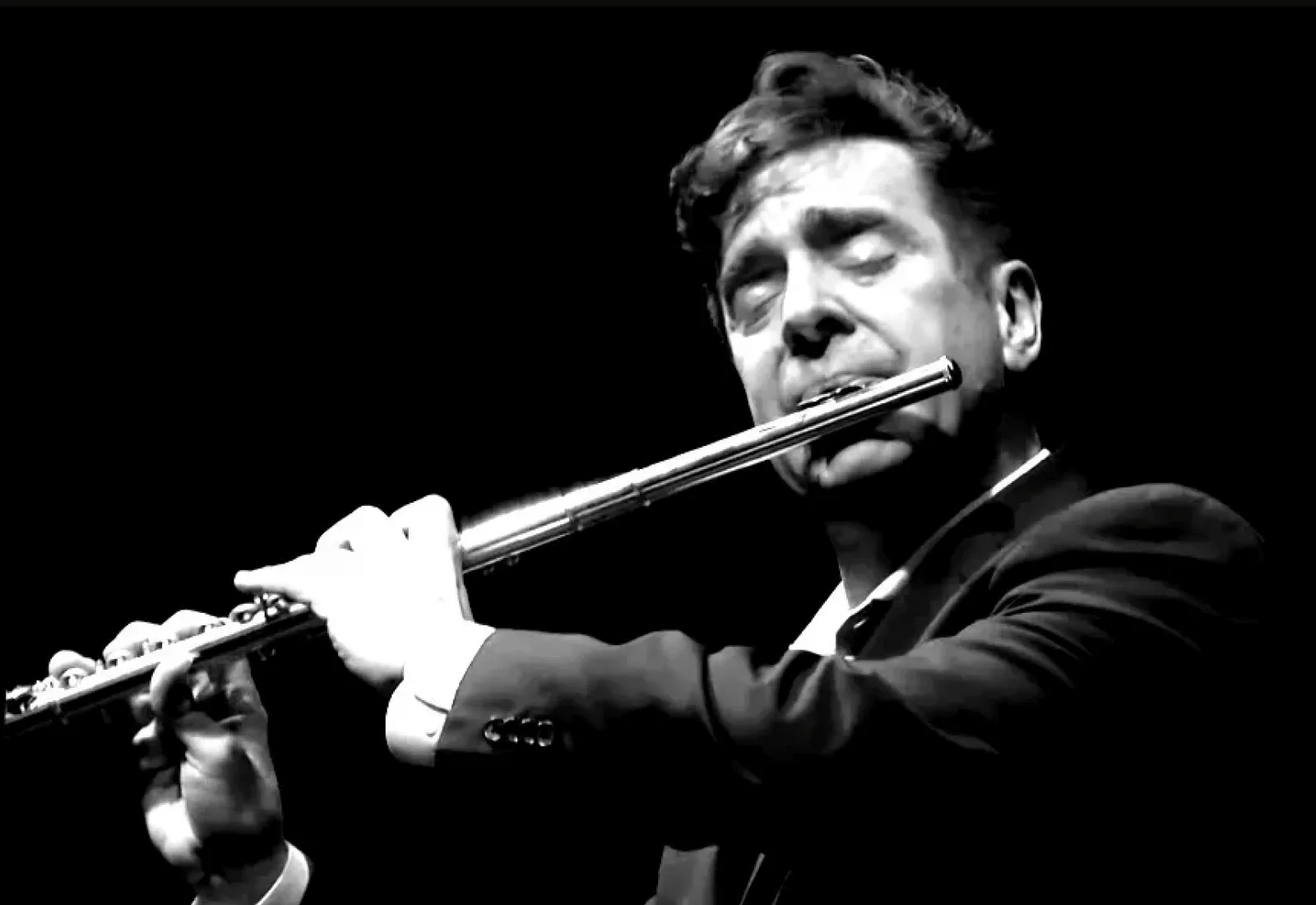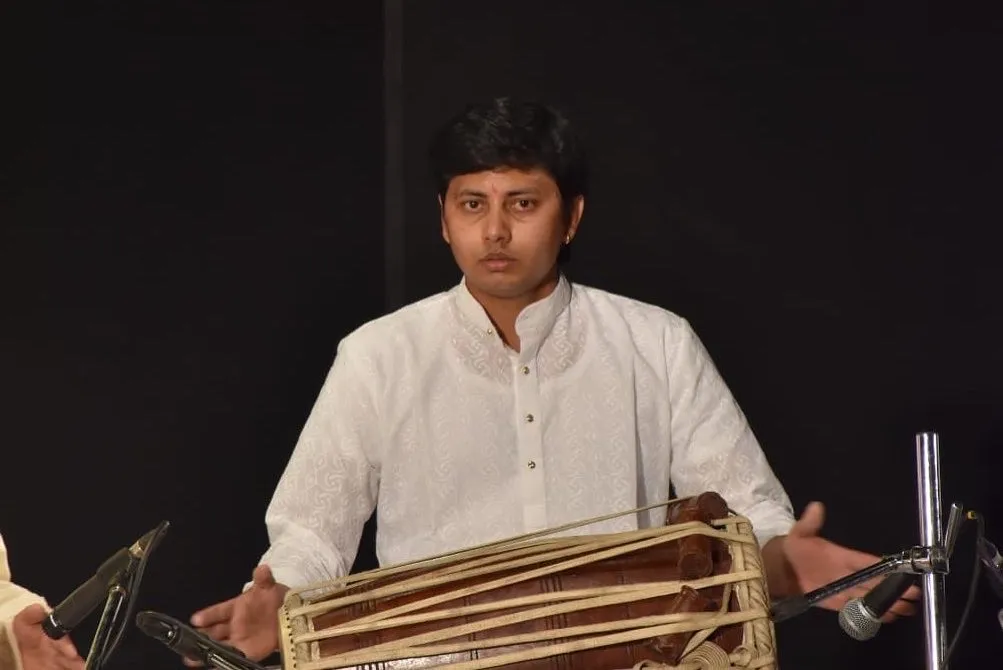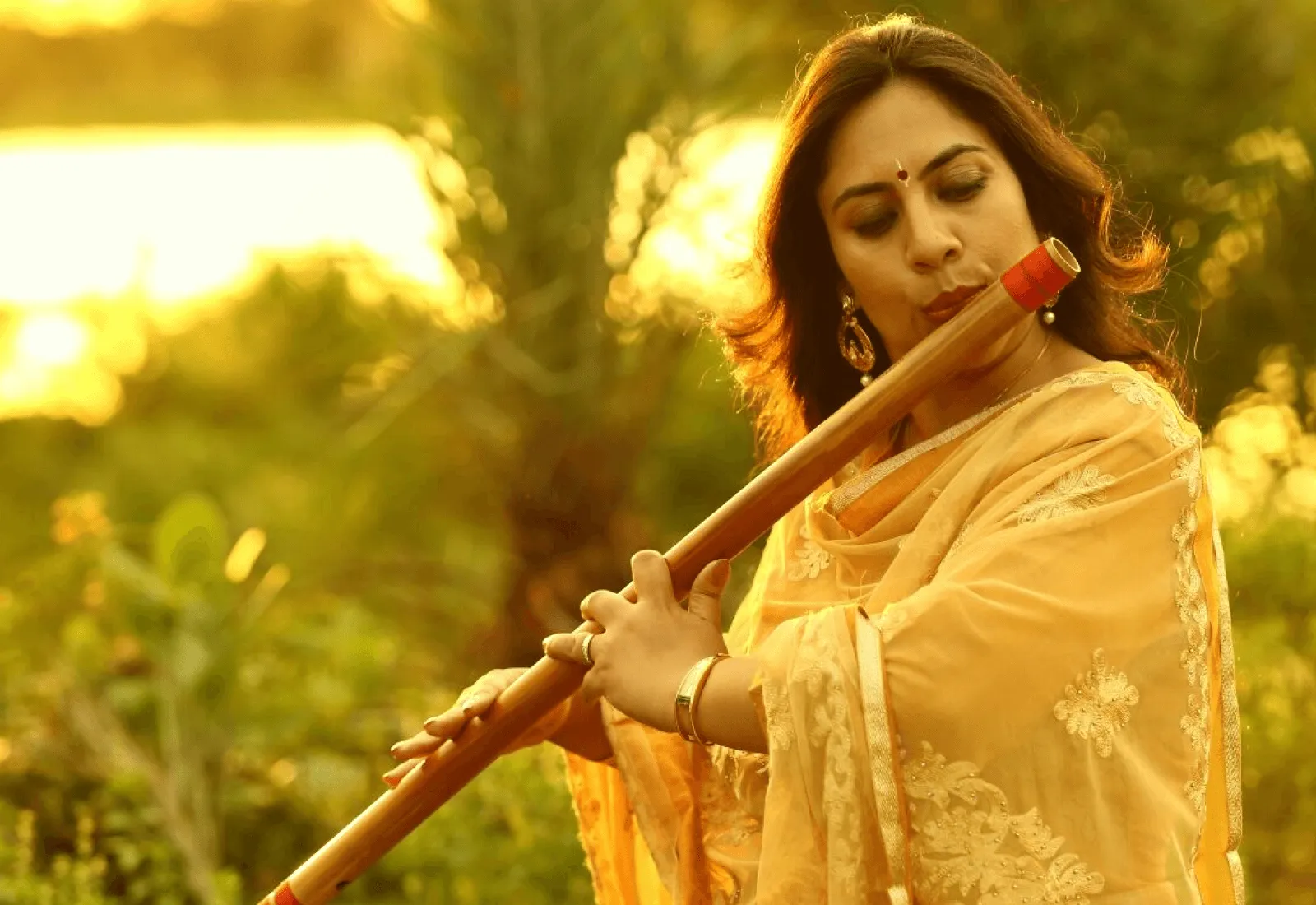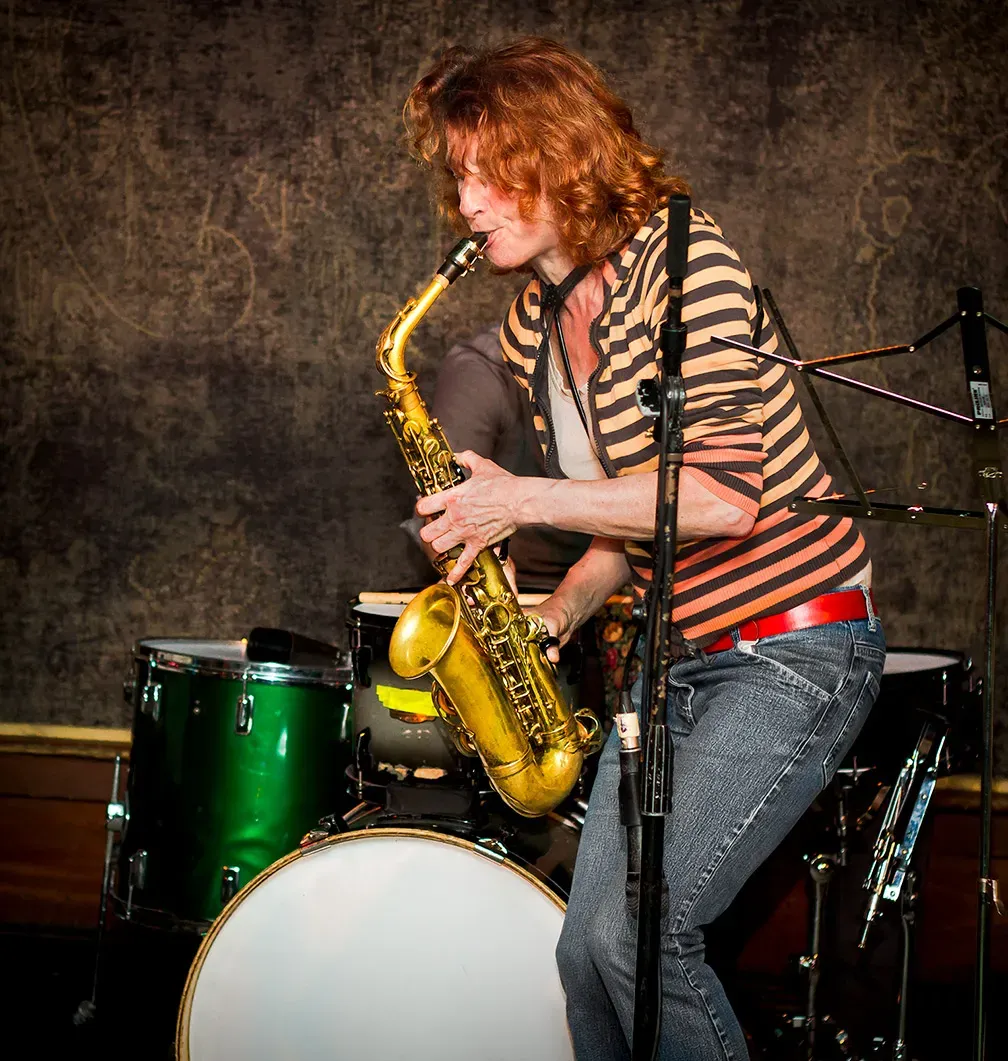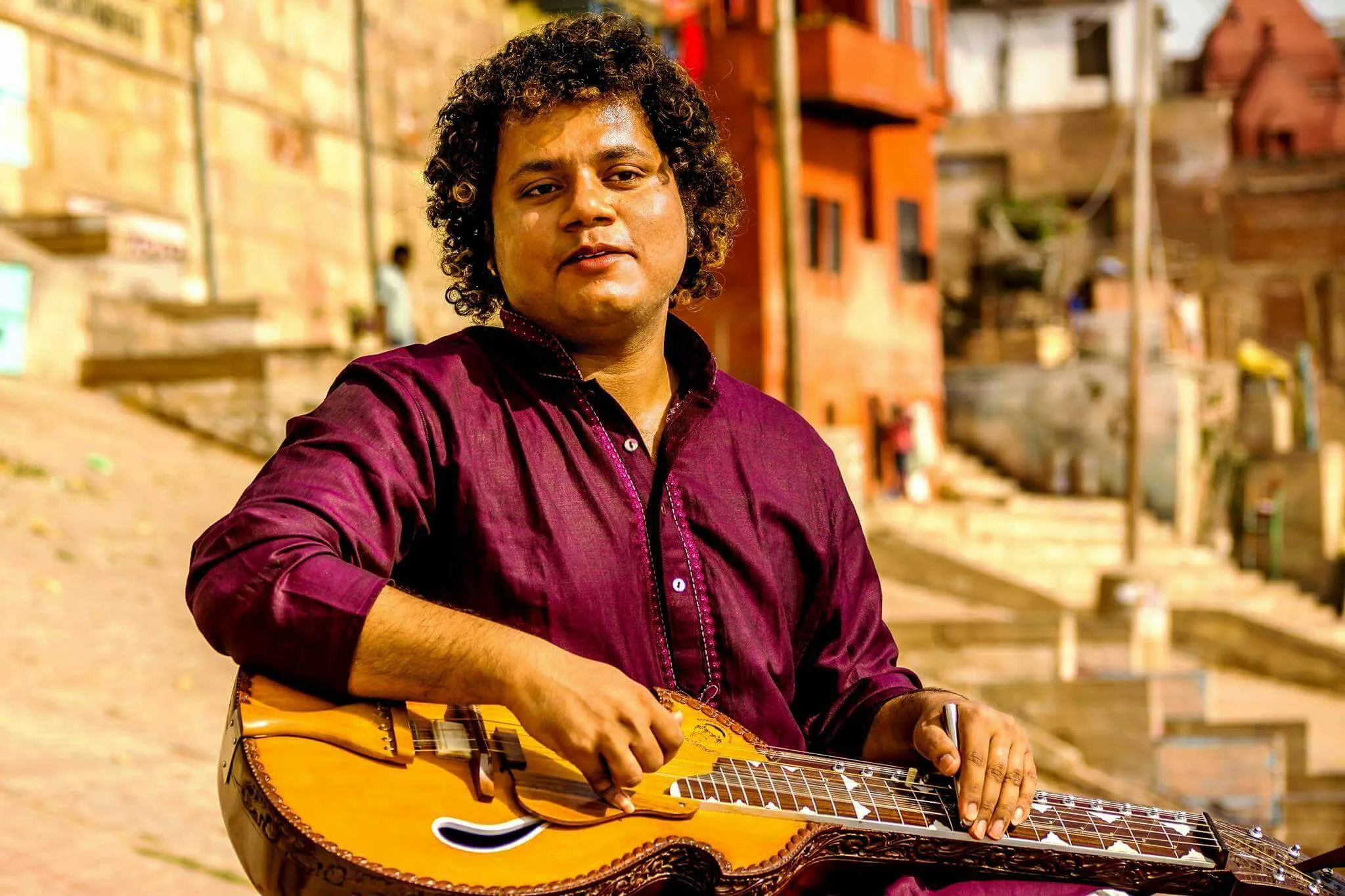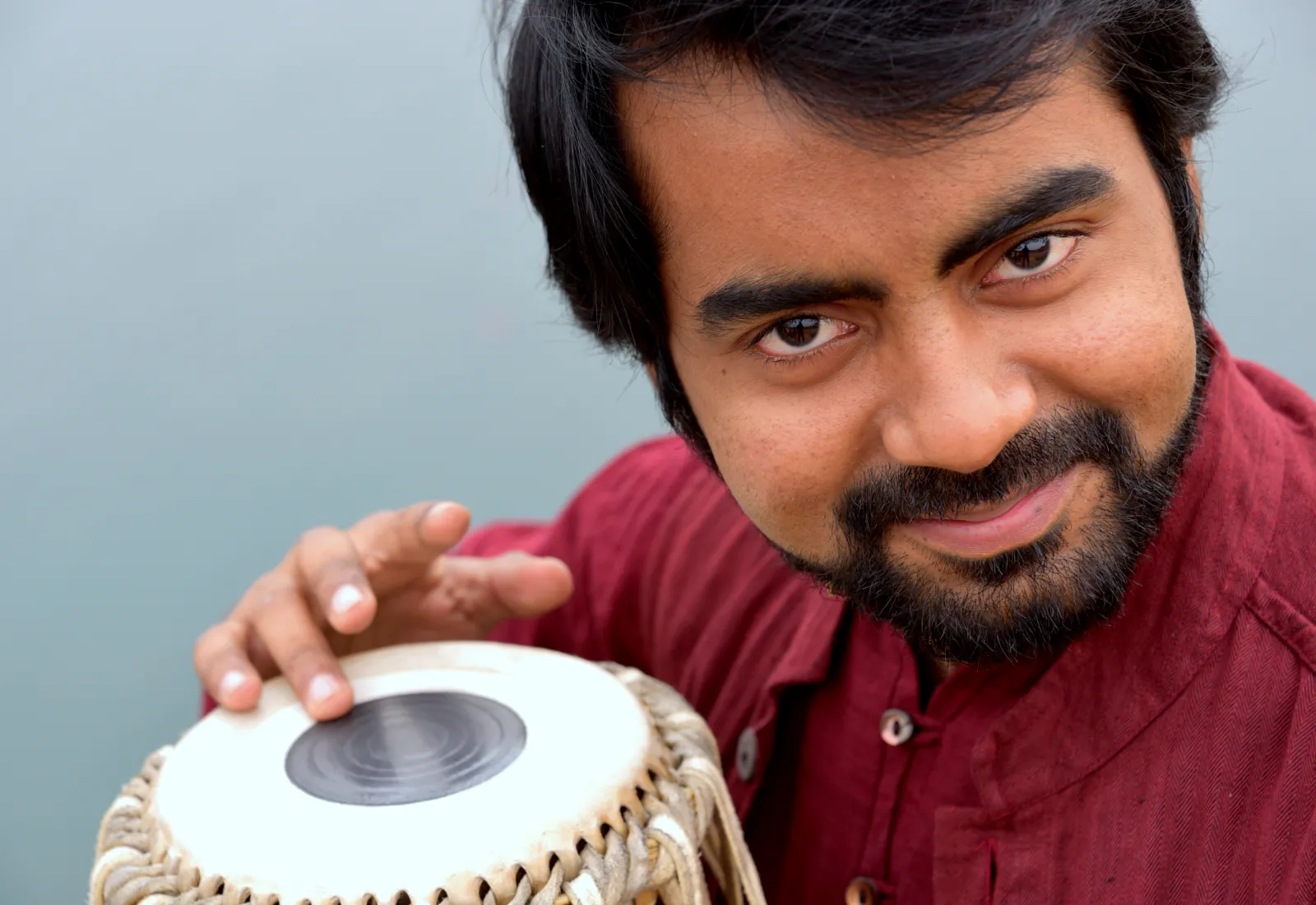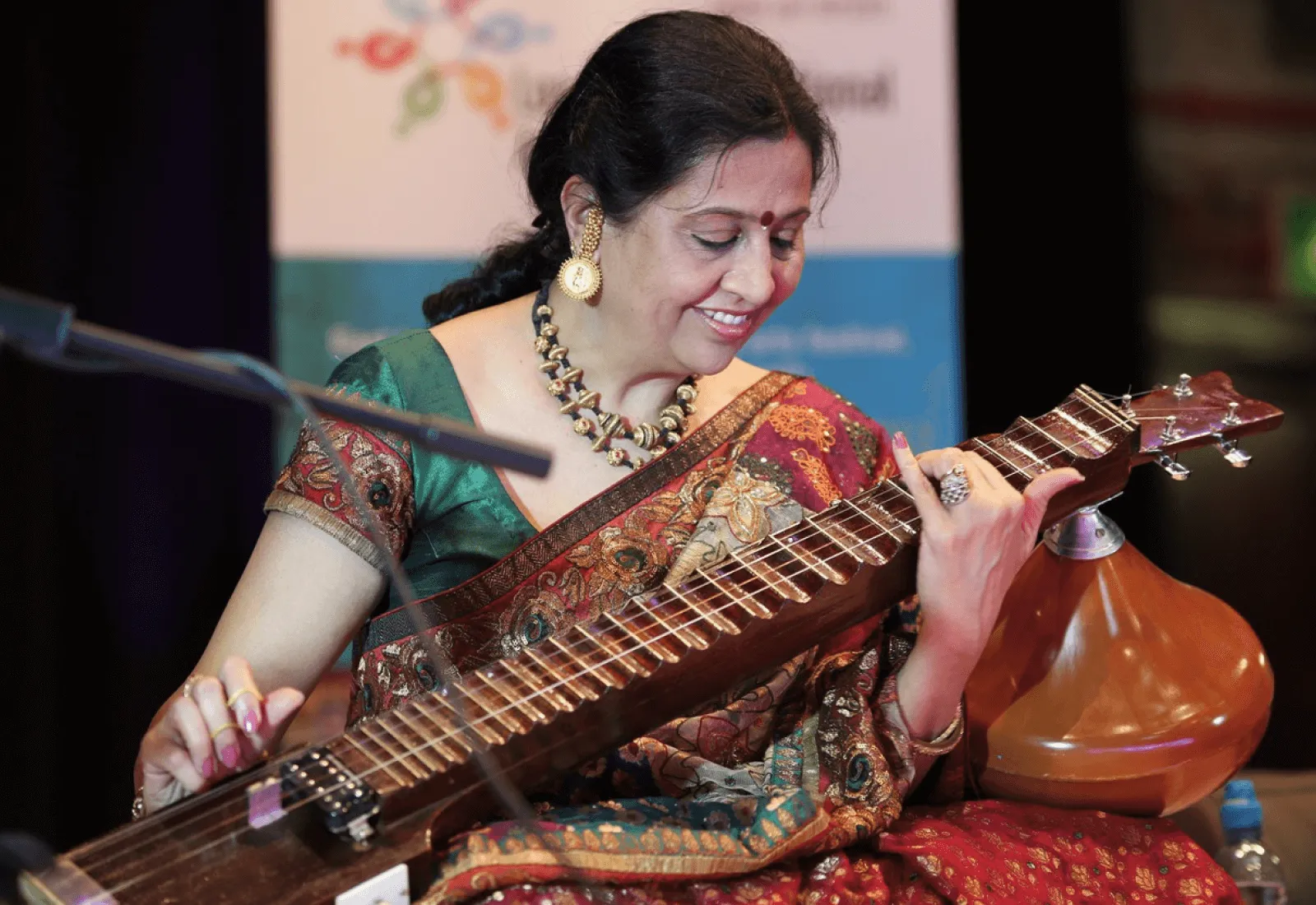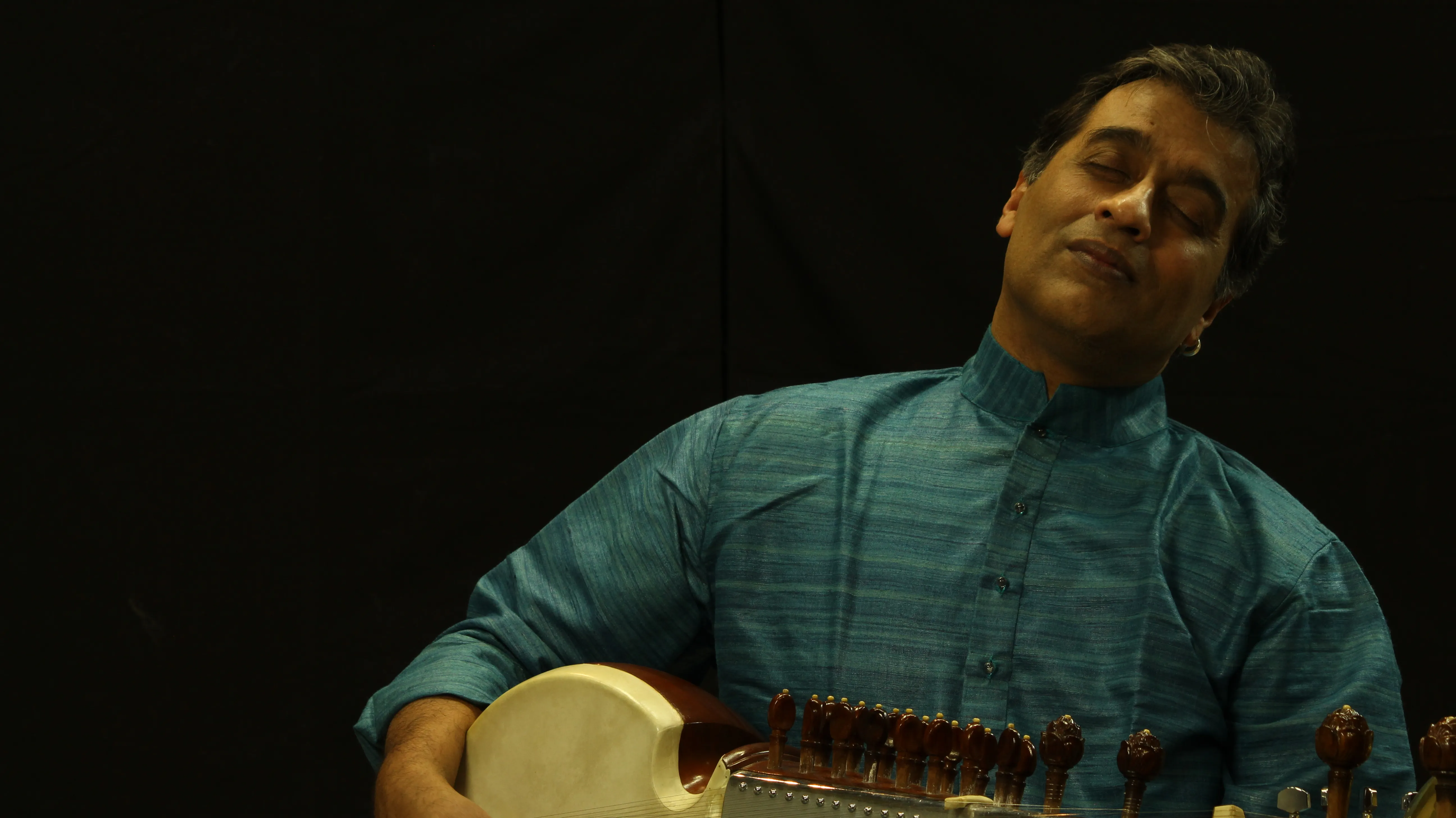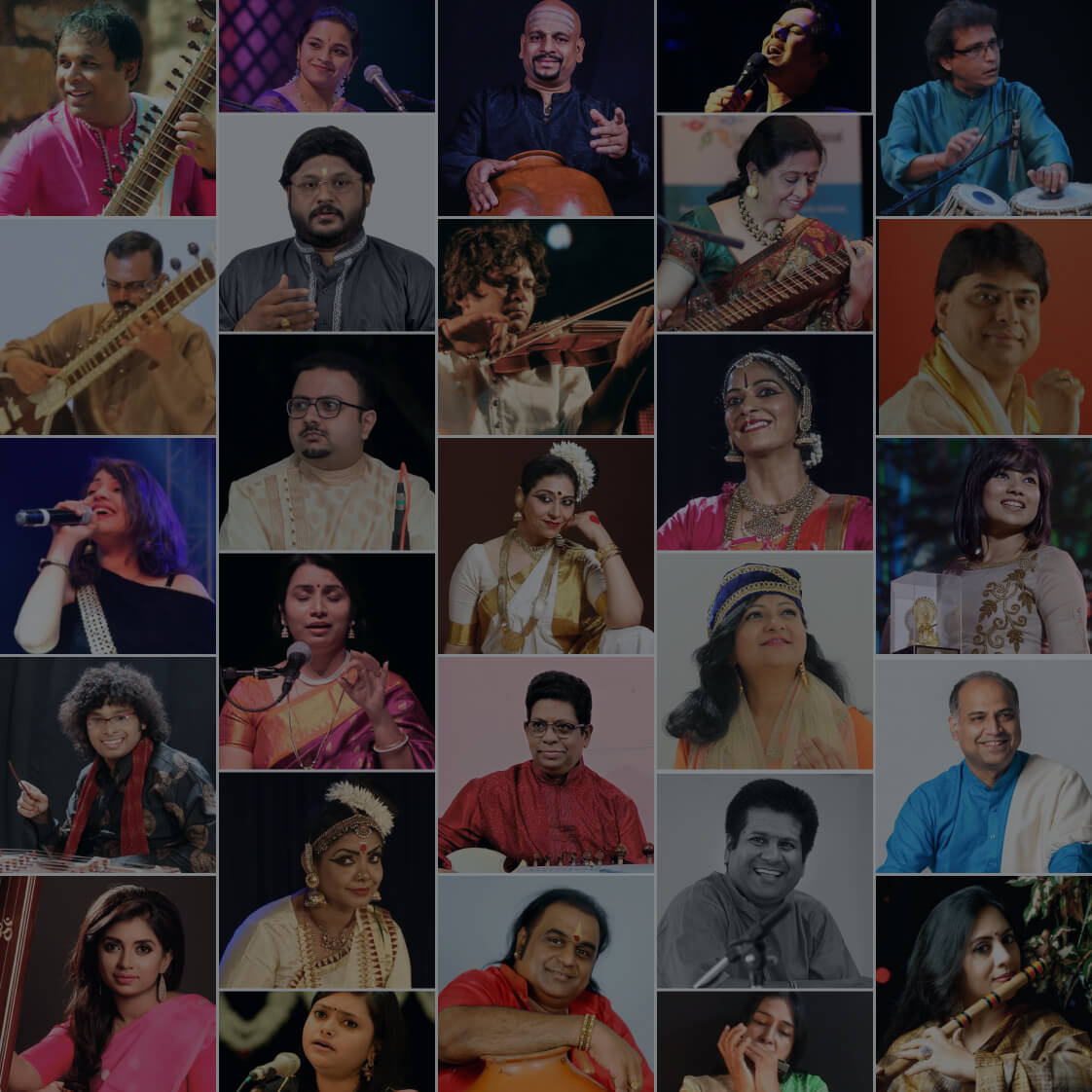What is Gharana? Know Gharanas in Hindustani Classical Music
Hindustani classical music has a long history of traditions that go well beyond just melodies and rhythms. These traditions are linked by an invisible thread known as the Gharana, a word that represents centuries of commitment, refinement, and creative identity. But what is Gharana, how many Gharanas in Hindustani classical music and why is it so important in Indian classical music? To answer that, we must delve into the heart of Hindustani classical music and investigate its origins, the diversity it fosters, and the great musicians who have kept it alive.
What is Gharana?
The word Gharana simply means "house" or "family." It signifies a musical heritage in Hindustani classical music, a school of style that has been passed down through the generations, either through familial bonds or the teacher-student custom known as guru-shishya parampara. Every Gharana has a distinct approach to music, including an identifiable style of interpreting ragas, ornamentation, rhythm, and even performance philosophy.
Unlike Western musical schools that focus solely on notation or technique, a Gharana embodies a holistic worldview. The reason for a certain approach to music is just as important as the manner it is performed or sung. This explains why studying Gharanas is so essential to comprehending Hindustani classical music.
The history of gharanas originates from the Mughal era, when court musicians started to forge unique musical identities and patronage of the arts flourished. Over time, these identities developed into strong traditions, each lending its own hue to the great tapestry of Indian classical music.
How many Gharanas are there in Hindustani Classical Music?
When exploring the rich landscape of Indian music, one often wonders about the number of Gharanas. The truth is that there is no count on how many gharanas are there in Hindustani classical music. Some sources list about a dozen major Gharanas of Hindustani classical music, but when one takes into account the branches and variants that have developed over time, the number can go higher. These Gharanas are broadly classified as vocal music, instrumental music, and dance.
9 Major Gharanas in Hindustani Classical Music
When it comes to vocal music traditions, the most well-known Gharanas are:
1. Gwalior Gharana
2. Kirana Gharana
3. Agra Gharana
4. Jaipur-Atrauli Gharana
5. Patiala Gharana
6. Bhendi Bazaar Gharana
7. Rampur-Sahaswan Gharana
8. Mewati Gharana
9. Banaras Gharana
And when it comes to the field of instruments, you'll find Gharanas like:
1. Etawah Gharana (Sitar).
2. Senia Gharana (Dhrupad and Rudra Veena).
3. Farukhabad, Lucknow, and Punjab (Tabla).
Each of these has produced its own stories, innovations, and interpretive techniques.
1. Gwalior Gharana
The Gwalior Gharana, considered the earliest in Khayal music, is distinguished by its clarity, simplicity, and balanced approach to rhythm and melody. Established in the nineteenth century, its music stresses the gradual development of ragas, with minimal ornamentation and a focus on voice culture and rhythmic precision. Prominent proponents include Pandit Omkarnath Thakur, Bal Krishna Baichua, and Bade Inayat Hussain Khan.
2. Kirana Gharana
If you've ever been captivated by a calm, meditative raga that unfolds like a lotus in the early morning, that is Kirana Gharana you have been listening to. Abdul Karim Khan and Abdul Wahid Khan founded this Gharana, which is known for its emphasis on swara (note) purity and emotional depth. The Gharana highlights meend (glides) and slow-paced elaboration. One of India's most adored artists, Pandit Bhimsen Joshi, continued this practice into the present era.
3. Agra Gharana
The Agra Gharana is a rich blend of dhrupad and khayal, with emphasis on vocal power and rhythmic complexity. Its compositions usually include bol-baant (syllabic elaboration) and layakari (rhythmic play). The Agra style is frequently characterized as masculine and dynamic. Vijay Kichlu, Dinkar Kaikini, and Faiyaz Khan are notable artists.
4. Jaipur - Atrauli Gharana
The Jaipur-Atrauli Gharana, founded by Ustad Alladiya Khan, is well-known for its intellectual depth and sophisticated raga architecture. It specializes in rare and complicated ragas, which are typically difficult to perform. The Gharana emphasizes rhythm and structure, which requires both discipline and creativity. Two of its best representatives are Mallikarjun Mansur and Kesarbai Kerkar.
5. Patiala Gharana
The Patiala Gharana, which originated in Punjab's royal palaces, is best renowned for its extravagant taans (fast melodic runs), layakari, and thumri performances. This Gharana combines traditional khayal music with light classical elements, providing expressive freedom. It would be impossible to discuss Patiala without mentioning Ustad Bade Ghulam Ali Khan, a legend known for his passionate singing and magnificent taans. Today, his legacy lives on through artists such as Ajoy Chakrabarty.
6. Bhendi Bazaar Gharana
This lesser-known but distinctive Gharana from Mumbai focuses on voice culture, breath control, and smooth note transitions. It was founded by Ustad Chhajju Khan and includes aspects of several styles while maintaining a distinct tonal texture. Artists from the Bhendi Bazaar Gharana, including Aman Ali Khan and Anjanibai Malpekar, have made significant contributions to its history.
7. Rampur-Sahaswan Gharana
This Gharana, based on the Dhrupad heritage, is distinguished by its organized, dignified style. Established by Ustad Inayat Hussain Khan, Rampur-Sahaswan singers exceptionally maintain a clear voice and a great sense of rhythm and pronunciation. This lineage produced notable individuals such as Ghulam Mustafa Khan and Nissar Hussain Khan.
8. Mewati Gharana
This Gharana rose to prominence because of Pandit Jasraj, who combined religious expression with khayal skills. Mewati Gharana emphasizes bhava (emotion) and clarity of sur, and it frequently includes semi-classical songs such as Haveli Sangeet. This Gharana is noted for its open and expressive style.
9. Banaras Gharana
The Banaras Gharana is primarily recognized for its contributions to thumri, dadra, and other light classical genres, but it also has a strong rhythmic and lyrical legacy. While vocalists like Girija Devi are considered icons, the Gharana also had an impact on instrumental music. Its emphasis on improvisation and poetic expression has made it a popular branch of Hindustani Classical Music Gharanas.
Are Gharanas Still Relevant?
Absolutely. Think of Gharanas as dialects in a language. You may still be speaking Hindi, but the flavor varies depending on whether it is Braj Bhasha or Awadhi. Similarly, a raga delivered in the Kirana style could sound entirely different when sung by an Agra Gharana performer.
In reality, the importance of Gharanas has grown in the digital age. As students and enthusiasts from all over the world study different forms of Hindustani classical music Gharanas, the structure and clarity that each Gharana provides help to retain authenticity.
The Significance of Gharana in Today's Music
So, what is Gharana in the modern context? Globalization, the availability of online Hindustani music classes, and exposure to many styles have all contributed to the blurring of Gharana distinctions. However, the core of a Gharana - its discipline, principles, and aural character lives on.
Today, many performers combine styles while remaining true to their Gharana ancestry. It provides their music, essence, discipline, and authenticity. For Hindustani classical music students, understanding a guru's Gharana helps set standards for the style and approach they will be exposed to.
Wrap Up - Gharanas in the Musical World
The Gharana system is not a strict set of regulations but rather a dynamic, living tradition. Each Gharana in Hindustani classical music is like a unique tree in a large musical forest, growing in its own soil, influenced by its environment, and bearing its own fruit. Understanding Gharana, whether as a student, listener, or performer, deepens and frames your musical journey. In the end, it is less important how many Gharanas exist than how many continue to thrive through practice, teaching, and passion. The Hindustani classical music Gharanas will fascinate generations as long as voices singing and instruments are echoing their lineage's lessons.
A gharana in dance refers to a distinctive style or school of classical Indian dance that has developed over generations, often associated with a particular geographic region or family lineage. Each gharana has its own repertoire, technique, aesthetic principles, and philosophy, passed down from guru to disciple. In Kathak, for example, gharanas like Lucknow, Jaipur, and Banaras each emphasize different aspects like expression (abhinaya), rhythm (tala), or footwork (tatkar).
In Bharatanatyam, the term "bani" (meaning style or lineage) is used instead of gharana. Each bani represents a unique approach to technique, expression, and choreography passed down through gurus. The major Bharatanatyam banis are: 1. Vazhuvoor Bani – Graceful, fluid movements with expressive abhinaya. 2. Kalakshetra Bani – Geometric precision and minimalism, focusing on clean lines. 3. Pandanallur Bani – Emphasizes strong footwork and linear choreography. 4. Tanjavur Bani – A balanced style rooted in tradition and musicality. 5. Melattur Bani – Theatrical, expressive, and influenced by temple dance dramas.
The number of gharanas varies by the art form (music or dance) and style. For instance: In Kathak dance, there are primarily four major gharanas: 1. Lucknow Gharana 2. Jaipur Gharana 3. Banaras (Varanasi) Gharana 4. Raigarh Gharana In Hindustani classical music, there are dozens of gharanas, including vocal and instrumental ones like: a) Gwalior b) Kirana c) Jaipur-Atrauli d) Patiala e) Agra f) Etawah (for sitar) g) Banaras (for tabla) Each emphasizes different techniques, compositions, and improvisational styles.
The Gwalior Gharana is widely regarded as the oldest and most foundational gharana in Hindustani classical music. Emerging in the 16th century, it played a critical role in shaping the modern khayal style of singing. Its repertoire, clarity in notes, and structured compositions influenced many other gharanas that followed.
The term "gharana" is derived from the Sanskrit root "gṛha", meaning house or home. In the context of music and dance, gharana loosely translates to a “household” or “lineage” representing a tradition or school of thought passed down through generations, often within a family or discipleship lineage


